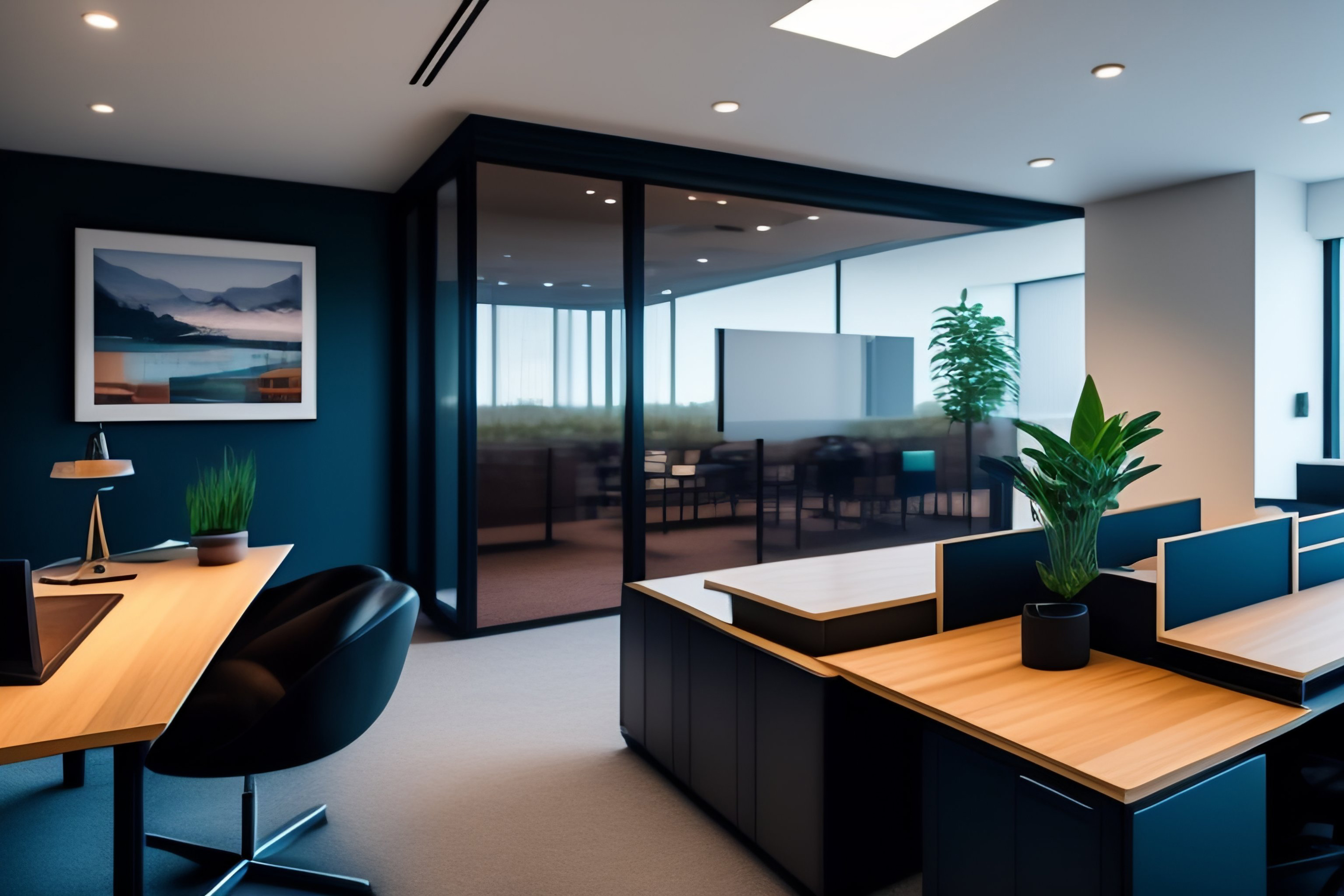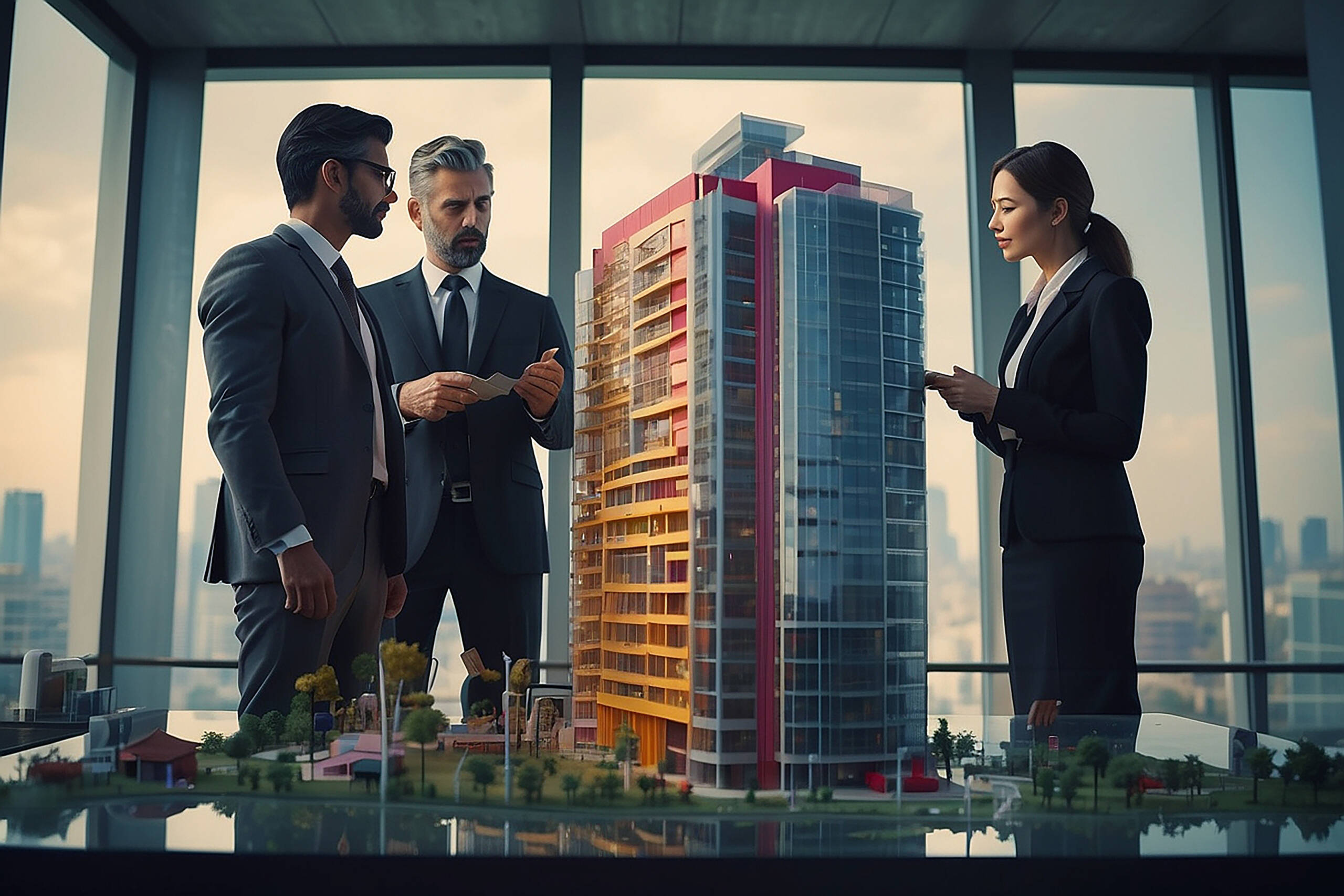
The world of commercial real estate is changing rapidly, and office leasing is at the forefront of this transformation. Businesses today have new priorities—from flexible workspaces to sustainability—and these are driving a wave of innovation in the market. If you’re involved in commercial real estate investments or looking to lease office space, staying on top of these trends can help you make smart, forward-thinking decisions. Let’s dive into the seven big trends defining office leasing in 2025 and what they mean for you.
1. Flexible Leasing Terms Are Taking Over

Long-term leases with rigid conditions are becoming a thing of the past. In 2025, businesses are demanding more adaptable leasing options to keep up with changing workforce needs and market uncertainties. This shift is redefining the traditional landlord-tenant relationship.
Why It Matters:
- Companies are opting for shorter leases, allowing them to adjust their office space as they grow or scale back.
- Co-working spaces and shared office setups are more popular than ever because they offer built-in flexibility.
- Landlords who provide customizable lease options, like month-to-month agreements or hybrid models, are better positioned to attract tenants.
This trend doesn’t just benefit tenants. Flexible lease agreements can boost occupancy rates and reduce long-term vacancies, making properties more valuable and marketable.
2. Hybrid Workspaces Are Here to Stay

Hybrid work isn’t just a pandemic trend—it’s the new normal. Companies are using office spaces as collaboration hubs rather than traditional 9-to-5 workplaces. This has reshaped how businesses think about office design.
What Hybrid Workspaces Look Like:
- Collaboration Areas: Open, adaptable spaces designed for teamwork and brainstorming.
- Private Nooks: Quiet zones or pods for focused individual work.
- Tech-Enhanced Meeting Rooms: High-speed internet and top-notch video conferencing tools make meetings with remote employees seamless.
Businesses are prioritizing offices that can adapt to these needs, creating significant opportunities for real estate investors and developers who can deliver on these demands.
3. Amenities Are the New Standard
Today’s office spaces need to offer more than just desks and chairs. Amenities that promote well-being, collaboration, and convenience are now non-negotiable for tenants.
Trending Amenities in 2025:
- Wellness zones with fitness centers or meditation rooms.
- Rooftop spaces and outdoor seating for breaks or informal meetings.
- Cafés and social hubs for networking and team bonding.
- On-site childcare facilities for working parents.
For landlords and developers, investing in these features isn’t just about meeting tenant expectations. Properties with high-quality amenities tend to command higher rents and enjoy lower turnover rates.
4. Smart Offices Are the Future
In 2025, technology is more than a convenience; it’s a necessity. Tenants expect offices to be equipped with smart tech that improves efficiency and enhances the user experience.
Key Tech Trends:
- Smart Systems: Automated lighting, HVAC controls, and energy monitors that adapt to usage patterns.
- Touchless Tech: Features like keyless entry and voice-activated elevators reduce physical contact and boost convenience.
- AI-Powered Management: Tools that predict maintenance needs, optimize energy use, and facilitate tenant communication.
For property owners, integrating these technologies can significantly enhance a building’s appeal and valuation, making it a worthwhile investment in today’s tech-driven world.
5. Urban Offices Remain a Hot Commodity
Remote work may have reshaped the real estate landscape, but urban offices still hold strong appeal. Proximity to talent, clients, and key resources keeps city centers thriving hubs for commercial activity.
Why Businesses Still Love Cities:
- Access to Talent: Urban areas attract a young, dynamic workforce.
- Convenience: Being near public transportation, dining, and cultural attractions improves employee satisfaction.
- Networking Opportunities: City offices provide easy access to industry events and client meetings.
Mixed-use developments, which combine offices with residential and retail spaces, are especially popular. These setups create vibrant, all-in-one communities that appeal to both tenants and investors.
6. Sustainability Isn’t Optional
Environmental responsibility is now a core expectation for office spaces. Tenants want buildings that minimize their environmental impact, and regulators are enforcing stricter green standards.
What Tenants Look For:
- Energy-efficient systems and renewable energy sources like solar panels.
- Water-saving fixtures and recycling programs.
- Certifications like LEED, which signal a property’s green credentials.
Developers who prioritize sustainability can attract eco-conscious tenants and potentially benefit from tax incentives or grants, making it a win-win for everyone.
7. Co-Working Spaces Are Thriving
Co-working spaces aren’t just for startups anymore. These shared offices are attracting businesses of all sizes, from freelancers to multinational corporations.
Why Co-Working Works:
- It’s cost-effective, especially for smaller businesses that don’t want long-term commitments.
- Tenants get access to premium amenities without needing to invest in their own infrastructure.
- Co-working environments foster collaboration and networking, making them ideal for innovation-driven teams.
Investors looking for commercial properties for sale should consider spaces that can be converted into co-working hubs. These properties offer strong growth potential and steady income streams.
Conclusion: The Future of Office Leasing
The office leasing market in 2025 is all about adaptability, innovation, and sustainability. Whether you’re a property owner, investor, or tenant, understanding these trends can help you stay ahead of the curve. From flexible leasing terms to smart technology and eco-friendly designs, the future of commercial real estate is full of opportunities.
By embracing these changes, you can position yourself for success in a competitive market. The key is to stay informed, stay flexible, and keep an eye on what tenants want. After all, the only constant in real estate is change—and 2025 is shaping up to be an exciting year of transformation.

